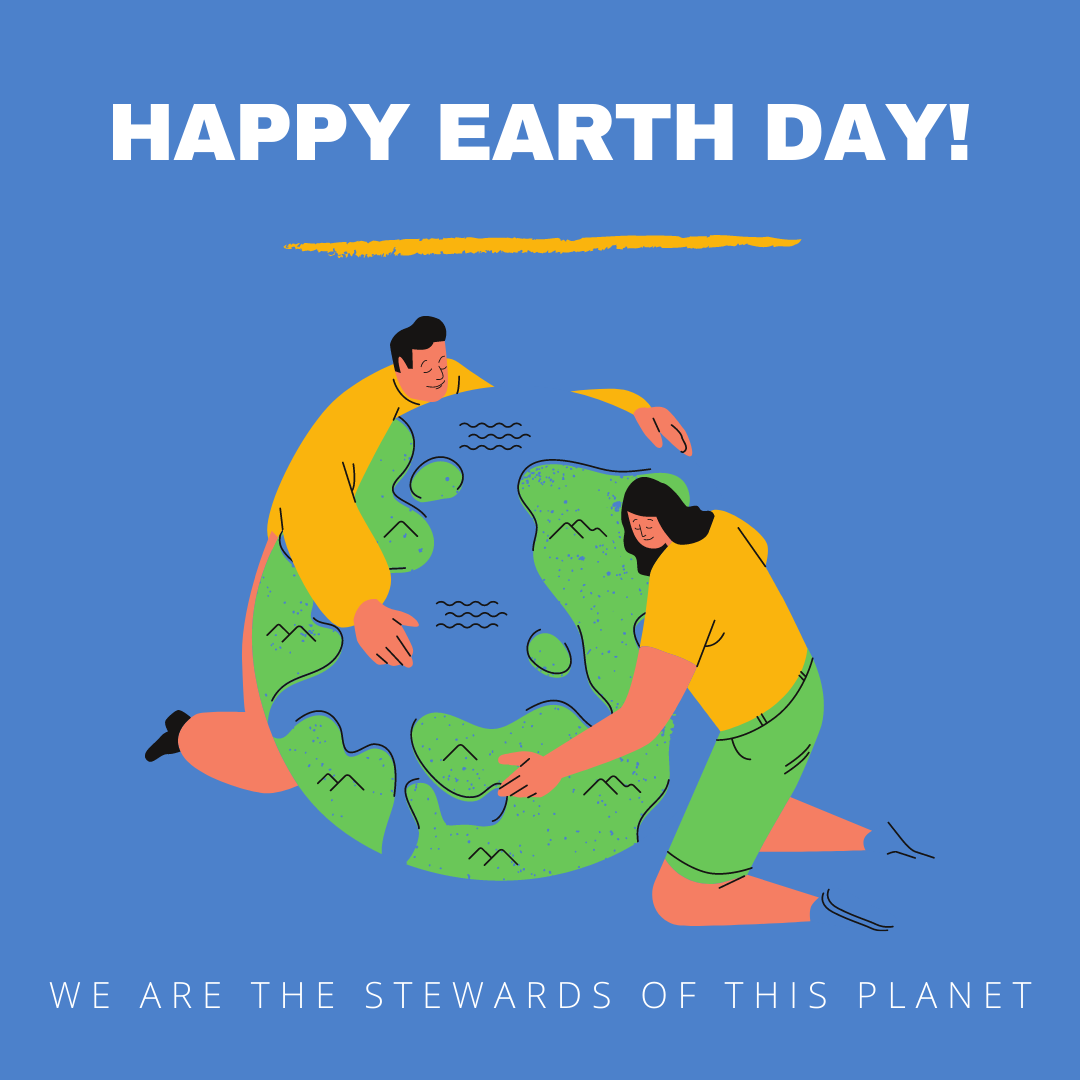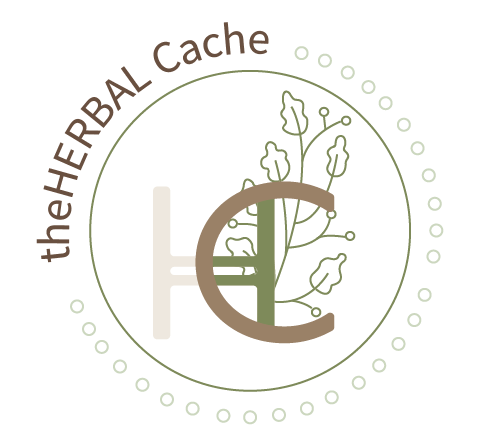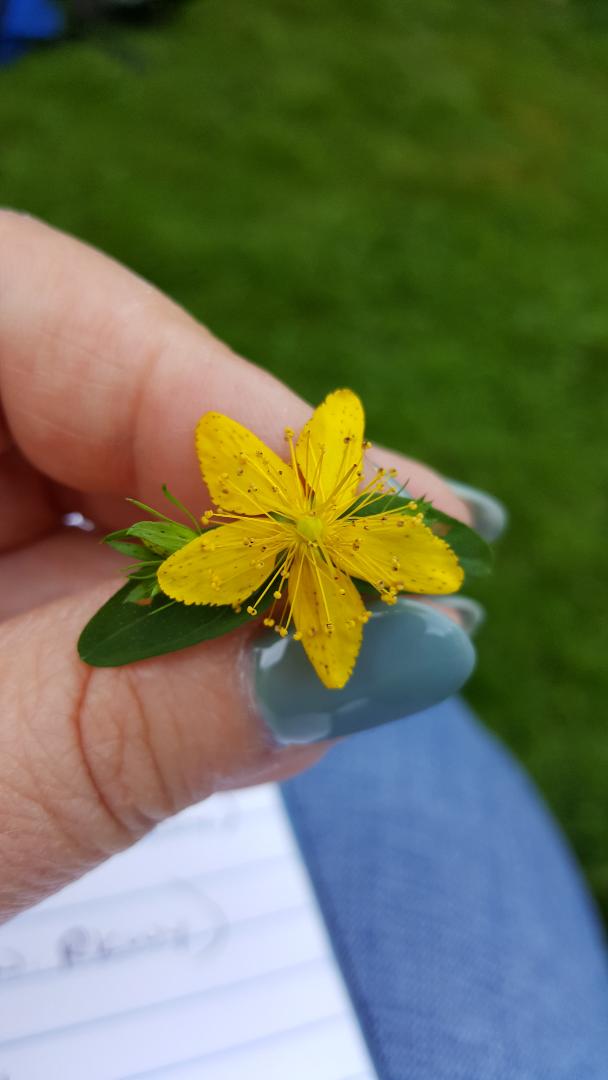
Earth Day, April 22
Did you know that Earth Day is the largest secular observance in the world? How cool is that!
This is the day where we can make an impact for the Earth. It is the day where we can begin taking care of the Earth like we want to be taken care of.
Earth Day began back in the 1970’s when there were policital and economical ups and downs. There were a number of people who became concerned with how we were treating our environment.
In 1970, Wisconsin Senator Gaylord Nelson introduced his idea for a ‘national teach-in on the environment’. This turned into the first Earth Day being celebrated across the United States on April 22, 1970. It pulled 20 million people together to promote a cleaner and safer living environment.
Over the decades, it grew to other countries and finally in 1990, it was global, with 141 countries and 200 million people celebrating Earth Day.
Get Educated
Earth Day is associated with “going green”. Going Green is defined as making more environmentally friendly decisions, such as to reduce, reuse and recycle.
And that’s great!
But are all Going Green decisions environmently friendly?
To find out, you have to dig deeper and look at the entire spectrum of the decision. Here are a couple “green” decisions to review.
Take a look at wind energy, which is one of the cheapest forms of clean energy. Wind turbines produce electricity from the turbines that spin generators.
Wind power is carbon-free and about 85% of turbine components, including steel, copper wire, electronics and gearing can be recycled or reused. But the fiberglass blades remain difficult to dispose of.
Tens of thousands of aging blades are coming down from steel towers around the world and most have nowhere to go but landfills. In the U.S. alone, about 8,000 will be removed in each of the next four years. These blades don’t disintagrate, and will be in the ground forever.
There are companies trying to find ways to recycle these turbine blades, but until then, what do we do with the blades? Is the final product worth filling landfills?
Another one in which to weigh the pros and cons is lithium, which is used in batteries, such as in electric cars. Take for example, the Tesla Model S battery, which has about 12 kilograms of lithium in it.
Lithium batteries are preferred over alkaline batteries for a number of reasons. First they last longer. They can withstand colder temperatures and they work better in portable devices, such as power tools.
But the mining and processing of lithium is far from being environmentally friendly. The extraction process uses a lot of water, and I mean a lot. When the water being used, “accidently” gets back into the environment, contamination takes place. In Nevada, researchers found impacts on fish as far as 150 miles downstream from a lithium processing operation.
Just because something is called “green”, doesn’t make it totally “green”. Research it and use your best judgement.
Saving the Environment
As stewards of the Earth, it is up to us to care for it so that it may take care of us in return.
There are many ways to take part as a care-taker for our planet.
- If you are into sustainablity, here is a wonderful article from Urban Moonshine to get you started.
- Recycle: This is a very east way and can be done everywhere. Check with your city to see what items they collect for recycling.
- Reuse: Many items have double uses, so instead of throwing it in the garbage, find a second use for it. If you need ideas to get you started, look HERE.
- Pick up trash: When you are on a walk, pick up any trash you come across. As a Girl Scout leader, one of the things I encouraged with my troop was to leave a place cleaner than how we found it.
- Plant a tree or other plants to help clean the air and provide us with fresh oxygen.
Herbalists and the Environment
For herbalists, Earth Day is recognizing that now is the time where plants are beginning to grow and start a new season.
Everyday we are stewards of the land as we share our knowledge and enthusiasm for the plant world. So in short, we celebrate Earth Day everyday!
But we, as herbalists and plant lovers, can do much more to help the planet. Here are some simple suggestions:
- When using plants, know where they come from
- Know which plants are endangered and only use if grown sustainably
- Get to know the plants around you and utilize them wisely
- Find out which plants are weedy, such as plantain, dandelion, burdock, and use them
- Educate others on the importance of various plants
- Join groups, such as United Plant Savers and the Sustainable Herb Project, to learn more
The Herbal Academy has a wonderful post called “How to be an environmentally sustainable Herbalist”. It has some great reminders on how we need to protect our plant world.
Take a Quiz
Want to try and see how much you know about deforestation and biodiversity?
Take the quiz HERE.
How did you do?
Did you learn anything new?
Is there something you can do today to start helping the environment?
Watch the video below.
If a pug can do it, we can do it!


